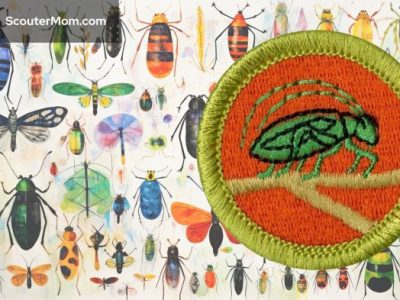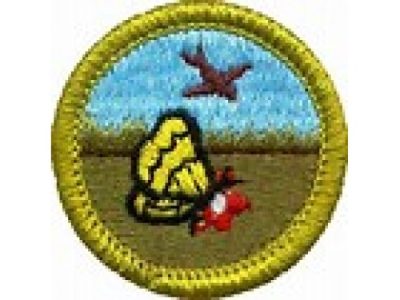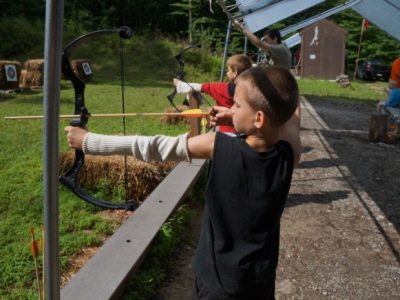Traditional scout crafting techniques have played a vital role in the development of scouts for decades. These techniques, passed down through generations, encompass a wide range of skills and practices that foster creativity, resourcefulness, and a deep appreciation for the natural world.
From the art of knot tying to the construction of shelters, traditional scout crafts provide a hands-on learning experience that teaches scouts essential skills for survival and adventure.
Traditional Scout Crafting Techniques
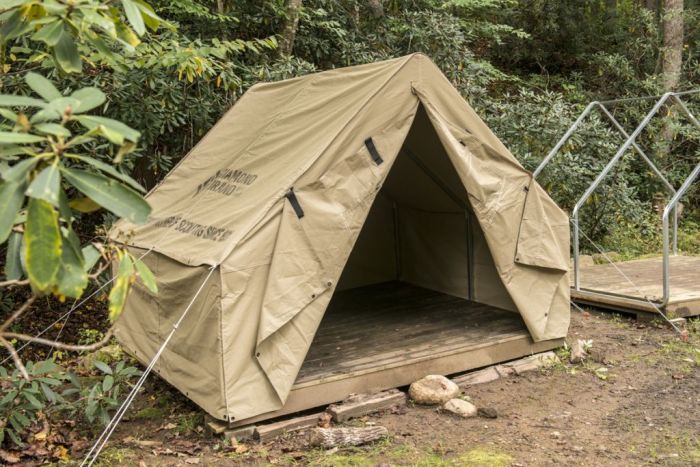
Traditional scout crafting techniques have been passed down through generations, playing a vital role in developing scouts’ self-reliance, problem-solving skills, and creativity. These techniques originated from the early days of scouting, when scouts needed to rely on their own resources to survive in the wilderness.
Over time, these techniques have evolved and diversified, but their core principles remain the same.
Different Types of Traditional Scout Crafts
Traditional scout crafts encompass a wide range of skills and materials, including:
- Knot tying:Scouts learn various knots for different purposes, such as securing tents, building shelters, and tying equipment.
- Fire building:Scouts develop the ability to start and maintain fires using different methods, including friction, flint and steel, and matches.
- Shelter building:Scouts learn to construct temporary shelters using natural materials like logs, branches, and leaves.
- Cooking:Scouts learn basic cooking techniques and recipes to prepare meals in the wilderness.
- First aid:Scouts are trained in basic first aid skills to handle minor injuries and emergencies.
Methods and Procedures

Traditional scout crafting techniques encompass a diverse range of methods and procedures, each tailored to specific materials and project requirements. These techniques have been passed down through generations of scouts, ensuring the preservation of practical skills and the fostering of creativity.
Basic Methods
The foundational methods employed in traditional scout crafting include:
-
-*Knotting
Scouts master various knots, from simple square knots to intricate lashings, to secure and assemble materials.
-*Whittling
Using sharp knives, scouts carefully carve and shape wood to create tools, toys, and other objects.
-*Fire Building
Scouts learn to build and maintain campfires using different techniques, such as the lean-to and teepee methods.
-*Cooking
Scouts gain proficiency in cooking meals over open fires, utilizing Dutch ovens and other camping equipment.
Step-by-Step Project: Making a Bow and Arrow
To illustrate the practical application of these methods, here are step-by-step instructions for creating a traditional bow and arrow:1.
-
-*Choose and Prepare the Wood
Select a flexible sapling for the bow and a straight stick for the arrow.
- 2.
- 3.
- 4.
- 5.
-*Shape the Bow
Using a knife, remove the bark and create a symmetrical curve in the wood.
-*Make the String
Create a string using sinew or cordage, and attach it to the ends of the bow.
-*Fletch the Arrow
Cut feathers to shape and glue them to the arrow shaft to stabilize its flight.
-*Craft the Arrowhead
Sharpen a small stone or piece of metal to form the arrowhead and attach it to the arrow shaft.
Comparison of Techniques
The table below compares four traditional scout crafting techniques, highlighting their distinct characteristics:| Technique | Materials | Applications | Difficulty ||—|—|—|—||
*Knotting | Ropes, cords | Securing, lashing, building | Beginner |
|
*Whittling | Wood | Carving tools, toys, utensils | Intermediate |
|
*Fire Building | Wood, tinder | Cooking, warmth, signaling | Beginner-Intermediate |
|
*Cooking | Food, cookware | Preparing meals, campfire cooking | Intermediate-Advanced |
Materials and Tools
Traditional scout crafting techniques rely on a range of essential materials and tools. These materials and tools are selected for their durability, versatility, and ability to withstand the rigors of outdoor activities.
The properties of different materials and tools determine their suitability for specific tasks. For example, natural materials like wood and leather are biodegradable and sustainable, while synthetic materials like nylon and polyester are more durable and resistant to moisture.
Essential Materials
- Wood: Versatile and durable, used for construction, carving, and tool handles.
- Leather: Strong and pliable, used for straps, pouches, and other gear.
- Fabric: Canvas, cotton, and nylon are common choices for tents, tarps, and clothing.
- Cordage: Natural fibers like sisal and hemp, or synthetic fibers like nylon and paracord, are used for tying, lashing, and rigging.
- Firestarters: Flint and steel, matches, or lighters are essential for starting fires.
Essential Tools
- Knife: A sharp knife is essential for cutting, carving, and preparing food.
- Axe: Used for chopping firewood, building shelters, and clearing trails.
- Saw: A handsaw or folding saw is useful for cutting wood and building structures.
- Needle and thread: For sewing and repairing clothing and gear.
- Cooking utensils: Pots, pans, and utensils for preparing and cooking food.
Skill Development
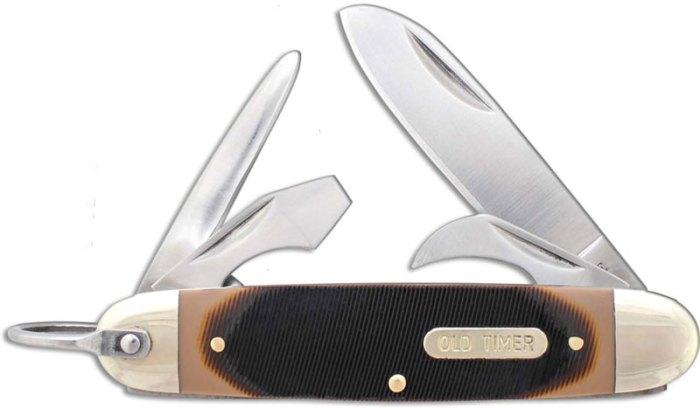
Traditional scout crafting techniques play a crucial role in fostering skill development among scouts, contributing to their overall growth and preparedness.
Through hands-on experiences, scouts engage in a wide range of activities that enhance their practical abilities, problem-solving skills, and creativity.
Specific Skills Developed
- Knot Tying and Splicing:Scouts learn essential knotting techniques for secure connections, rope management, and rigging.
- Fire Building and Management:They develop proficiency in starting, maintaining, and extinguishing campfires safely and efficiently.
- Shelter Construction:Scouts acquire skills in constructing temporary shelters using natural materials, providing protection from the elements.
- Cooking and Food Preparation:They learn basic cooking techniques, meal planning, and food handling, promoting self-reliance and teamwork.
- Tool Use and Maintenance:Scouts gain experience in using and caring for various tools, such as axes, knives, and saws.
- Observation and Deduction:Crafting activities enhance their ability to observe surroundings, identify patterns, and draw inferences.
- Collaboration and Teamwork:Scouts work together to complete projects, fostering communication, coordination, and problem-solving skills.
Skill Progression Table
| Level | Knot Tying | Fire Building | Shelter Construction |
|---|---|---|---|
| Beginner | Basic knots (e.g., square, bowline) | Starting and maintaining a small fire | Simple lean-to shelters |
| Intermediate | Intermediate knots (e.g., clove hitch, taut-line hitch) | Building and managing larger fires | More complex shelters (e.g., A-frame, tarp tents) |
| Advanced | Advanced knots (e.g., prusik knot, bowline on a bight) | Specialized fire techniques (e.g., fire-by-friction, signal fires) | Multi-room shelters, elevated structures |
Cultural Significance
Traditional scout crafting techniques are not only a means of practical skill development but also hold deep cultural significance within the scouting movement. These crafts reflect the values and traditions that have been passed down through generations of scouts.
Historical Roots
Many traditional scout crafts have their roots in indigenous cultures around the world. For example, the art of fire building, knot tying, and shelter construction has been practiced by various indigenous communities for centuries. By incorporating these techniques into scouting, the movement recognizes and celebrates the cultural heritage of its members.
Values of Scouting
Traditional scout crafts embody the core values of scouting, such as self-reliance, resourcefulness, and teamwork. Through these crafts, scouts learn to work with their hands, solve problems, and appreciate the beauty of nature. They also develop a sense of accomplishment and pride in their creations.
Cultural Symbolism
Certain traditional scout crafts have become iconic symbols of the movement. For instance, the neckerchief and the campfire are instantly recognizable symbols of scouting worldwide. These crafts serve as reminders of the shared experiences and bonds that unite scouts from different backgrounds and cultures.
Environmental Sustainability
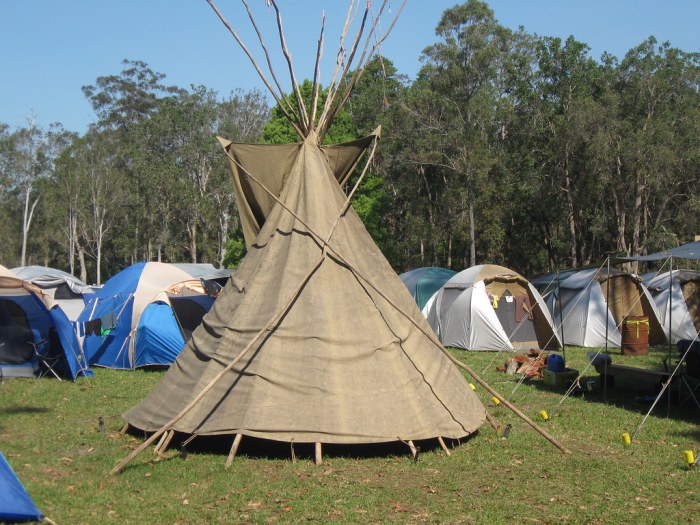
Traditional scout crafting techniques are generally considered environmentally sustainable, as they often involve the use of natural materials that are biodegradable and renewable. For instance, wood, leather, and plant fibers are commonly used in traditional scout crafts, and these materials have a relatively low environmental impact compared to synthetic materials.
Natural Materials and Environmental Impact
The use of natural materials in traditional scout crafting techniques has several environmental benefits. Natural materials are typically biodegradable, meaning they can break down naturally over time without causing harm to the environment. Additionally, natural materials are often renewable, meaning they can be replenished naturally over time.
This helps to reduce the environmental impact of traditional scout crafting techniques, as it does not deplete natural resources.
Sustainable Traditional Scout Crafting Practices
There are several ways to make traditional scout crafting techniques even more sustainable. One way is to use recycled materials whenever possible. For instance, instead of using new wood for a project, scouts can use scrap wood or reclaimed wood from old projects.
Another way to make traditional scout crafting techniques more sustainable is to use natural dyes instead of synthetic dyes. Natural dyes are made from plants and other natural materials, and they have a lower environmental impact than synthetic dyes.
Modern Applications
Traditional scout crafting techniques continue to find relevance in modern applications, adapted to suit contemporary needs and settings.
One significant area of application is in outdoor education and adventure programs. Scout crafting skills, such as knot tying, fire building, and shelter construction, are essential for wilderness survival and provide valuable hands-on experiences for participants.
Adapting Traditional Techniques
In urban environments, scout crafting techniques are being adapted for use in community development and youth empowerment initiatives. For instance, knot tying workshops are offered in schools and community centers to teach practical skills and promote teamwork.
Examples of Modern Applications, Traditional scout crafting techniques
- In disaster relief operations, scout crafting techniques are used to construct temporary shelters, provide first aid, and purify water.
- In environmental conservation efforts, scout crafts are employed to build birdhouses, create wildlife habitats, and conduct clean-up campaigns.
- In art and design, traditional scout knots and lashings are incorporated into sculptures, jewelry, and furniture, adding aesthetic and functional elements.
Last Point
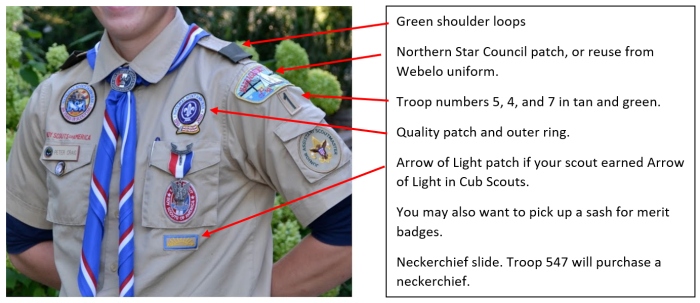
In today’s modern world, traditional scout crafting techniques continue to be relevant, offering valuable lessons in sustainability, environmental stewardship, and the importance of preserving cultural traditions.
Whether it’s building a campfire or crafting a leather lanyard, these techniques empower scouts with a sense of accomplishment and a lifelong appreciation for the art of self-reliance.
FAQ Corner: Traditional Scout Crafting Techniques
What are the benefits of traditional scout crafting techniques?
Traditional scout crafting techniques offer numerous benefits, including the development of essential skills such as problem-solving, teamwork, and resourcefulness. They also foster a deep appreciation for the natural world and promote environmental sustainability.
What are some examples of traditional scout crafts?
Traditional scout crafts encompass a wide range of activities, including knot tying, shelter building, fire starting, cooking, and leatherwork. These crafts teach scouts practical skills that can be applied in various outdoor and survival situations.
How can traditional scout crafting techniques be used in modern settings?
Traditional scout crafting techniques can be adapted and used in contemporary settings to promote environmental awareness, foster teamwork, and encourage outdoor exploration. For example, scouts can use their knot-tying skills to create hammocks for camping or their shelter-building skills to construct temporary shelters during outdoor adventures.

